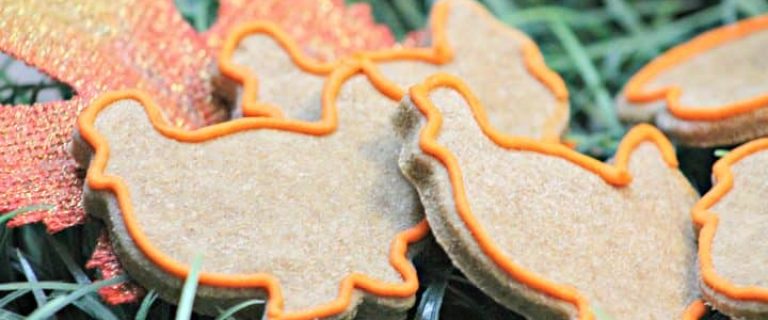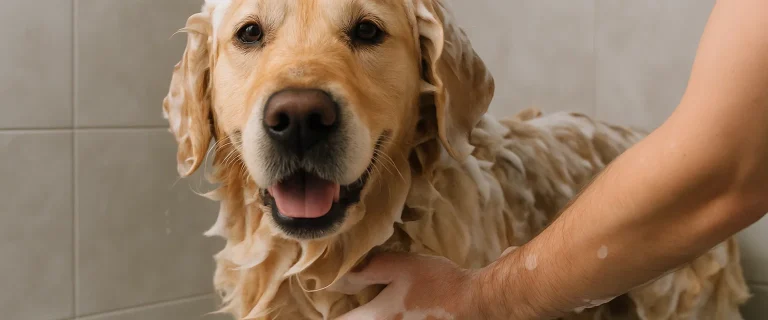The Australian Silky Terrier, or Silky as it’s commonly called, is a hypoallergenic dog breed that will surprise those who are unfamiliar with it. This tiny dog, with its long. lustrous, silky hair, may look like a dainty thing, but the Australian Silky Terrier is a giant dog trapped in a little dog’s body.
Related: Complete List of Small Hypoallergenic Dogs: The Terriers
Australian Silky Terrier – A Giant Spirit for a Little Dog
The Australian Silky Terrier is deeply loved by those who know the breed. This hypoallergenic dog breed is full of spunk, tenacity, and energy. It may look like a fragile little thing, but it’s all terrier all the time. This makes it perfect for a family that loves to get out and about. Although, its size means you might have to carry it at some point, the Australian Silky Terrier will absolutely love to go on any and all adventures you can think of.
Temperament
The Australian Silky Terrier is a terrier through and through. It’s not just a part of its name. Like all terriers, the silky is full of energy. It also boasts a high intelligence, fierce fearlessness, a high prey drive, and a definite predisposition to roaming. That means that a fenced in yard is a must. On the plus side, it’s high intelligence means that it’s fairly easy to train the Australian Silky Terrier.
The Silky can be a wonderful companion to children, but that usually requires that it’s either raised as a puppy with them or that it’s introduced to a family with older kids. While the Australian Silky Terrier enjoys people and playing with older kids, it’s not a breed that’s exceptionally tolerant of poking and prodding.
Health
The Australian Silky Terriers is a breed that is generally very healthy. There are only a few things that are known to occur in this breed, and among those, a few of them are also common in almost all small breeds. Some things to watch for in an Australian Silky Terrier are:
- Luxating Patellas: Also called floating knee, luxating patella is a condition in which the kneecap slips in and out of place.
- Diabetes: Australian Silky Terriers are slightly more prone to this than other dogs, so keep them at a healthy weight.
- Epilepsy: Although it can be a scary condition for owners, it’s generally easily treated with an excellent prognosis.
- Tracheal Collapse: Common in most small dogs. Tracheal collapse is caused by a weakening of the cartilage in the windpipe. Always use a harness rather than a collar with your Australian Silky Terrier.
Exercise
Although the Australian Silky Terrier is small, it requires exercise. A nice long walk or a vigorous game of fetch are the minimum to keep your Silky happy. If your family is active, your Silky will be perfectly happy going on hikes and what not. Just be prepared to carry it a bit of the way. It’s not a large dog, after all.
Australian Silky Terrier – A Portable Powerhouse
Although it’s a small breed dog, the Australian Silky Terrier is big at heart. If you remember that it’s a terrier underneath all of that long beautiful hair, you’ll find yourself with a breed that manages to fit perfectly into highly active homes and couch potato domains alike.
As always, make adoption your first option. You can generally find the breed you’re looking for at either your local shelter or on breed specific websites. That holds true for the Australian Silky Terrier as well.
Do you have one of these hypoallergenic dog breeds? What are your favorite characteristics of the Australian Silky Terrier?
Author
-

A former Veterinary Assistant at Southwest Animal Care Hospital, Ben is an animal lover, blogger, and all-around geek. Along with writing for DogVills, Ben runs his own virtual assistant company, BizzyBim.
View all posts



